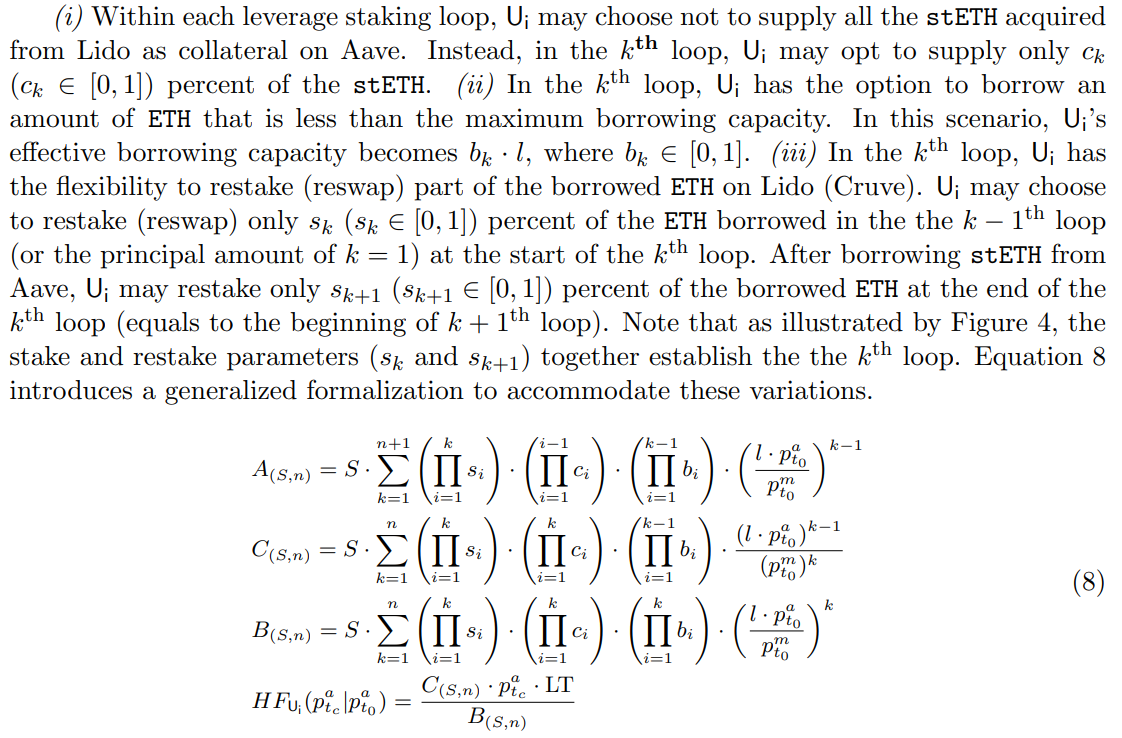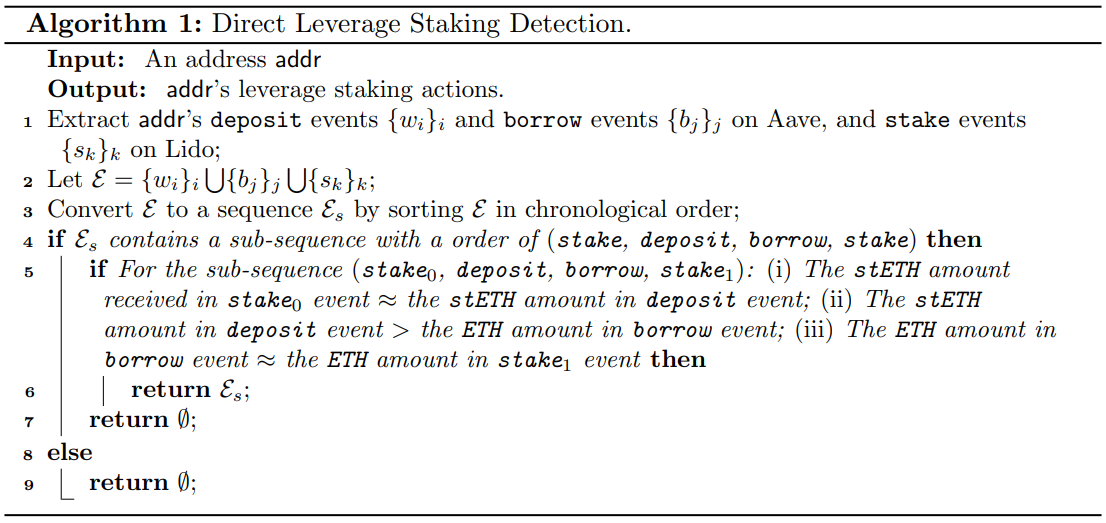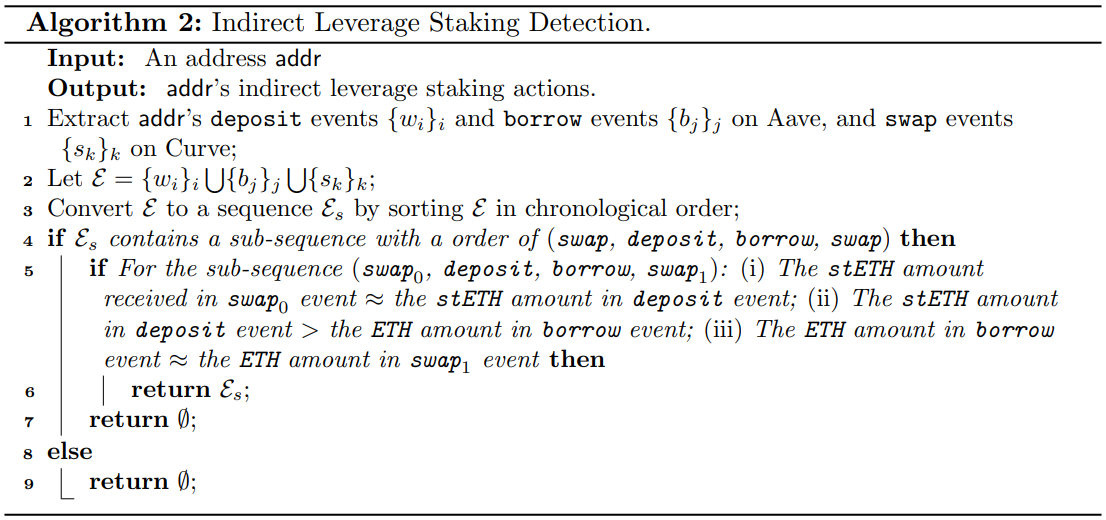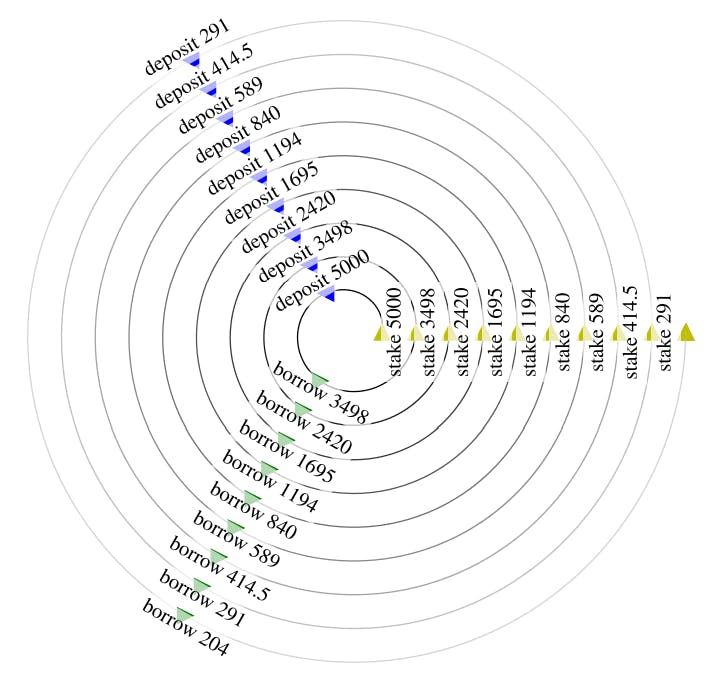Table of Links
3 Background
4 System Model and 4.1 System Participants
4.2 Leverage Staking with LSDs
7.1 stETH Price Deviation and Terra Crash
7.2 Cascading Liquidation and User Behaviors
8 Stress Testing
8.1 Motivation and 8.2 Simulation
9 Discussion and Future Research Directions
A. Aave Parameter Configuration
B. Generalized Formalization For Leverage Staking
C. Leverage Staking Detection Algorithm
A Aave Parameter Configuration
Table 3 depicts the historical changes of Aave parameter configurations. We crawl the collateralConfigurationChanged events for Aave V2 lending pool.

B Generalized Formalization For Leverage Staking
B.1 Generalized Formalization
In addition to the standardized cases discussed in Section 5, real-world leverage lending situations can exhibit substantial variation among users. Specifically, we delineate the following variations using the direct leverage staking strategy as an example.

C Leverage Staking Detection Algorithm
Algorithms 1 and 2 depict the heuristics used to detect addresses that have performed direct and indirect leverage staking respectively.


Authors:
(1) Xihan Xiong, Imperial College London, UK;
(2) Zhipeng Wang, Imperial College London, UK;
(3) Xi Chen, University of Sussex, UK;
(4) William Knottenbelt, Imperial College London, UK;
(5) Michael Huth, Imperial College London, UK.
This paper is available on arxiv under CC BY 4.0 DEED license.
